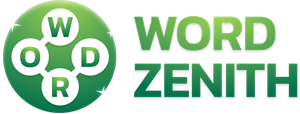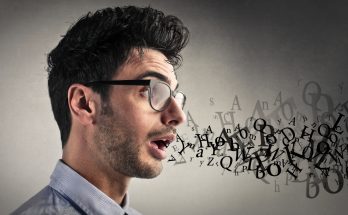In case you didn’t know, word games are more than just a fun way to pass the time. Although they’re played for recreational purposes, word games also intersect with language and logic. Not to mention their interesting approach to creativity. There’s a smaller category within the world of word games that can be considered an art form: literary puzzles. With complex wordplay and mysterious clues, these puzzles challenge players to think critically in a rather artistic way.
Understanding Literary Puzzles
Defining Literary Puzzles
Literary puzzles fall into a wide range of categories. They’re simply any kind of game or challenge where players have to manipulate language in one way or another. Traditional puzzles like crosswords or word searches test general knowledge and vocabulary, which is why they’ve been around for so long. But literary puzzles dig deeper into the actual mechanics of language itself. They force you to think outside the box, looking at words from different angles and finding hidden meanings.
Different Kinds of Literary Puzzles
- Anagrams: Rearranging letters has always been fun in school, but it’s even more entertaining when it gives you laughter-inducing combinations or surprising phrases. With anagrams, you have to move letters around until you find a completely new word/phrase.
- Cryptic Crosswords: For puzzle enthusiasts out there, cryptic crosswords are probably already part of your routine. Instead of using straightforward definitions, each clue embodies cryptic instructions that only make sense once it clicks in your brain.
- Acrostics: Take elements from both crossword and cryptogram puzzles then combine them together – voila! Acrostics appear on grids with numbered rows/columns that spell out related words/phrases vertically when read left-to-right/top-to-bottom.
- Palindromes: Super simple yet challenging at the same time; palindromes are words, phrases, or sentences that are spelled the same backwards and forwards. Creating ones with an actual message takes a lot of creativity.
- Rebus Puzzles: Pictures, symbols, and letters represent singular words/phrases that you need to decode. Visual puns and keen associations deliver their hidden messages.
The Artistry of Literary Puzzles
Language as a Medium
These puzzles wouldn’t even exist if it weren’t for language in the first place. Solving them is all about manipulating words to get your desired outcome. Puzzle makers use language’s rich variety and flexibility to create clues that confuse players while also giving away enough information for them to solve it on their own.
Creativity and Ingenuity
Word games aren’t simply exercises in problem-solving; they’re also expressions of creativity. Makers have to think outside the box themselves when coming up with ways to challenge others. From wordplay and double entendre to cultural references and historical allusions, each puzzle has its own surprise waiting for whoever can figure it out first. The best ones don’t just give you a quick “aha” moment but leave a lasting impression as well.
Aesthetic Appeal
Apart from their traditional role, literary puzzles have a separate manner of drawing attention. The artistry in the elegant structures and witty language that come with solving them make these puzzles turn into masterpieces. Puzzle creators take pride in how intricate they can make riddles or enigmatic inscriptions while maintaining the ability to challenge people’s intellect.
How Literary Puzzles Came to Be
Long ago, societies like Egypt, Greece, and China all had their own versions of literary puzzles. Then there were those that went down in history as the first of its kind that was a hit worldwide. They are often written as riddles or mind-boggling inscriptions for those who find them to solve. Eventually, people started to transform these into what we now know as word games.
Modern Innovations
Ever since the internet took over our lives, it’s no surprise that puzzle lovers found a way to coexist online. Not only does this digitization of their creations help them create and share better puzzles for everyone but it also allows more room for new formats and styles.
What Makes People Love Them?
It challenges your brain
There’s nothing like trying to figure out an extremely difficult crossword or reading a complicated anagram until you finally get it. It’s just one of those experiences where you use every ounce of your imagination and knowledge at once.
The community is great
Enthusiasts never miss a chance to meet up online or in person at any time so they can talk about whatever they want regarding puzzling. Just by searching up “puzzle groups” on social media takes you through a rabbit hole filled with like-minded individuals collaborating together.
Puzzles bring joy
The first thing that comes with solving any puzzle is pure satisfaction which then turns into delight whenever there’s some sort of hidden message within your answer. Out of all things people could be doing nowadays during their free time, puzzling has proven itself popular due to its easy-to-become-obsessed-with nature.
Read More: Word Games and Creativity: Fostering Innovative Thinking
In conclusion
Word games have always been the perfect way to blend art with entertainment. From the great structures and language in crossword puzzles to the playful wordplay of an anagram, each one provides a window into broadening our knowledge of language. These puzzles come in all different kinds but they all work towards getting our mind to explore what it’s truly capable of.



